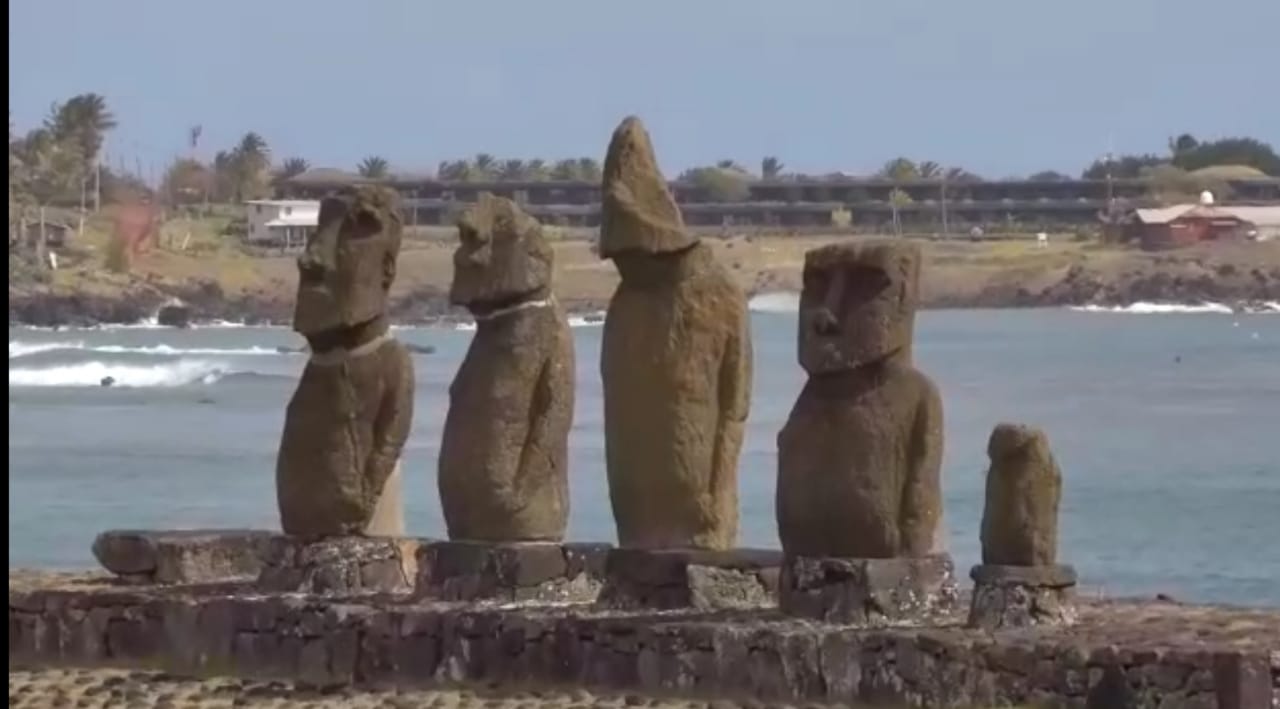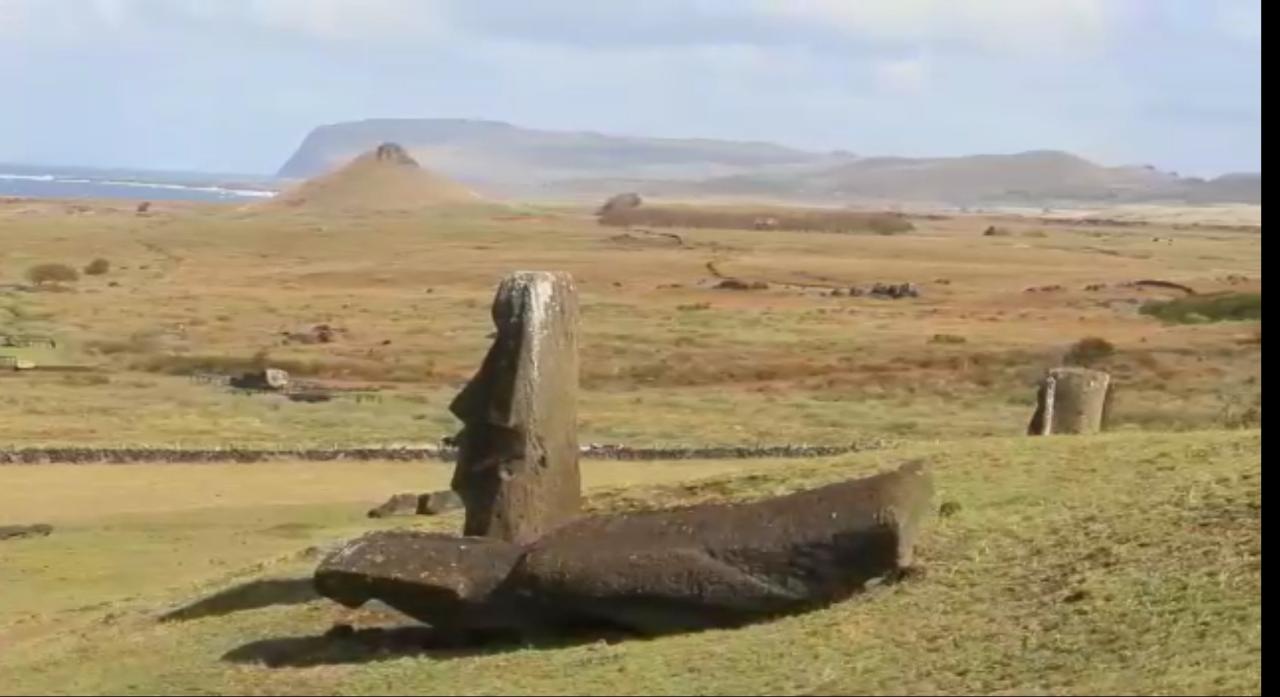


The National Park counts with exceptional archaeological components. Yet, it only counted with one specialist among its staff. With approximately 20,000 archaeological sites located within the park boundaries, from which 1,000 Moai and 300 Ahu or ceremonial structures stand out, besides dwelling structures, rock art, and caves, the current administration has prioritized the safeguarding of the archaeological component, as highly significant for the living community. The strenghtening of the special department for the research and study of the preservation of this important cultural heritage enables the development of conservation strategies specific for this type of heritage, as well as the reconnection of the community with their cultural assets. The majority of these assets are exposed to the island climate conditions, as well as to decay due to the touristic use and the anthropic and livestock impacts. Among other activities, this new unit has developed:
- Capacity building and acquisition of digital recording tools for the diagnosis of the archaeological heritage.
- Conservation projects based on a portfolio of sites in emergency and a methodology that collects traditional rapanui knowledge linking it to scientific knowledge.
- Partnerships and networking on climate change impacts.
- Archaeology specialists among the Rapa Nui community
- Establishment of institutional technical support through the STP (Secretaría Técnica Rapa Nui, CMN/Technical Secretary Rapa Nui)
(1) Need for a specialized department for research and conservation of archaeological heritage within the National Park.
(2) Need of articulating and coordinating work with other institutions that have interference heritage issues.